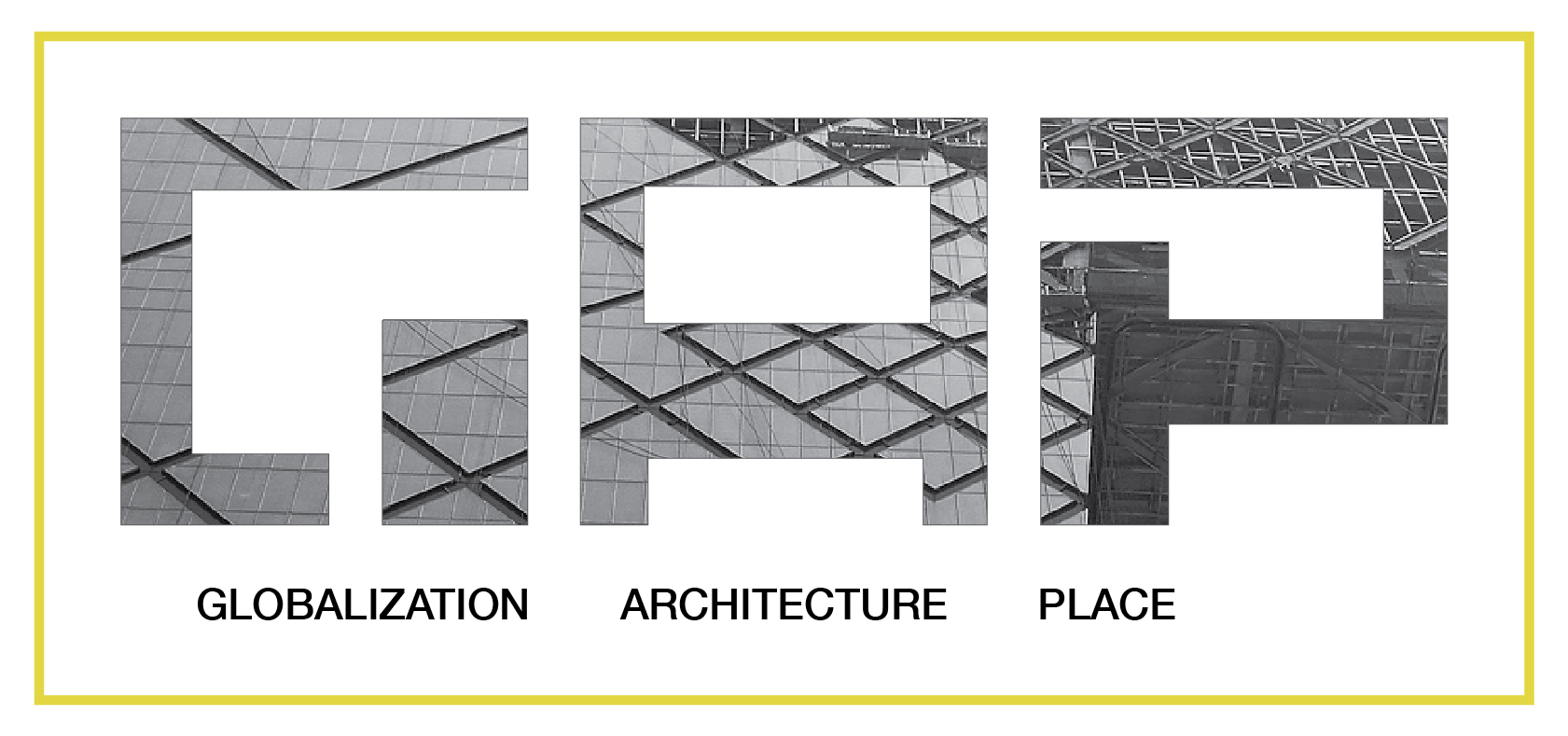Architecture and Politics:
The Bauhaus and the Aesthetics of Globalization
The Bauhaus emerged in Germany amid the revolutionary turmoil in 1919, during the transition from monarchy to republic. After the catastrophe of World War I, the initiators of the school saw the need to break with tradition; the preceding era of the German Empire with its decades of nationalistic policy, laissez-faire capitalism, and grandiose historicism had led to a dead end. What was needed was a fresh start in every respect. By returning to basic forms and colors as well as to the spirit of the Gothic era, one sought to set the stage for a kind of “zero hour”. At any rate the Bauhaus arose out of a vehement rejection of the immediate past. And it met with resistance just as quickly. Its founding was intensely opposed by groups on the right, and from the outset the school was marked by conflicts both external and internal…
— Phillip Oswalt, “Bauhaus Conflicts, 1919-2009 Controversies and Counterparts”
This course examines the ideals and political context of the school’s origins during World War I and the German Revolution through its contentious development during the Weimar republic culminating in its eventual demise at the hands of the National Socialists. It examines the conceptual ideals and fundamental rationale behind its innovative curriculum. A cross section of the work of its most influential architects such as Walter Gropius, Hannes Meyer, and Mies Van de Rohe, as well as artists and designers like Paul Klee, Moholy-Nagy, Herbert Bayer, and Oskar Schlemmer are investigated to comprehend how their aesthetics, social ideas and personalities contributed to its intellectually charged atmosphere. The external/internal conflicts that plagued its existence, infected its legacy, and were openly propagated by some of the “larger than life” creative personalities involved are studied as well as the legacy of the Bauhaus and its role in shaping the processes of rapid globalization in the latter half of the twentieth century.
